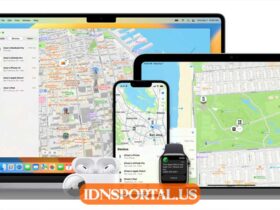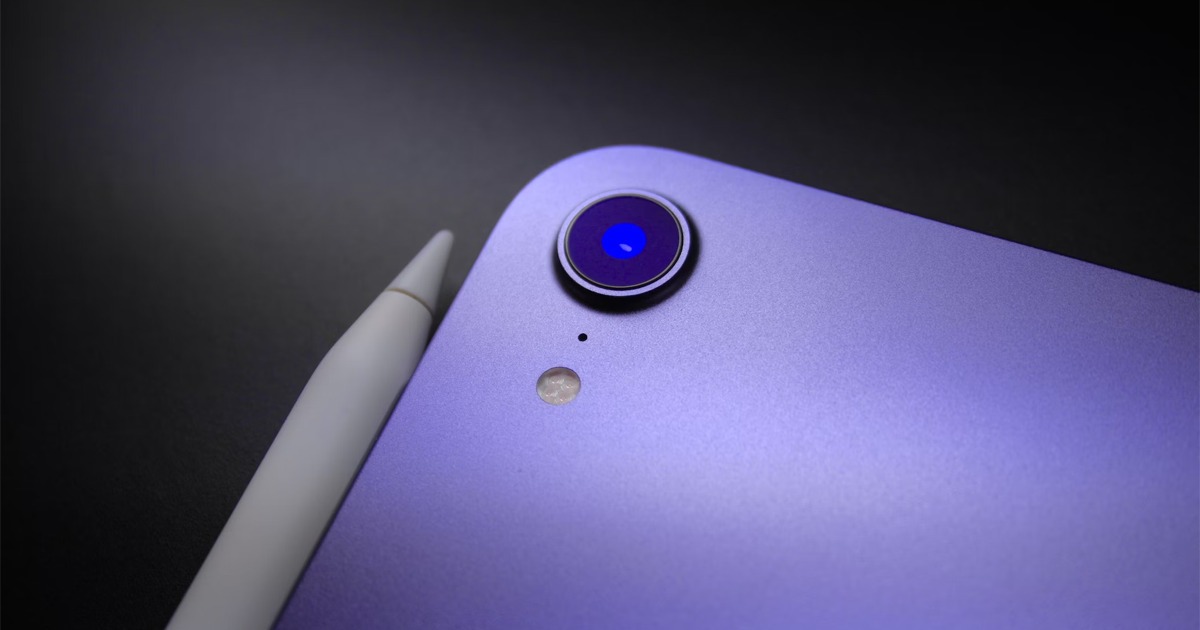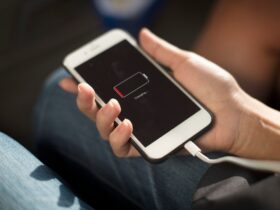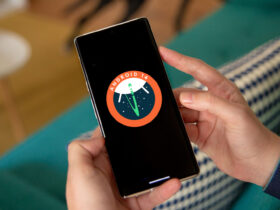Do you know what the mobile proximity sensor is? Perhaps you have already heard it, but to get an idea, it is a fundamental piece very present in current mobile phones. It is a sensor that, without realizing it, does a lot for you in your daily life. Have you ever wondered why you don’t involuntarily press the buttons on the screen when answering a call?
This is where the mobile’s proximity sensor comes to the rescue. Although, you may find the mechanics confusing. No problem, in this article I will tell you what an Android proximity sensor is, what it is for, and how you can activate or deactivate it whenever you want.
What is a proximity sensor in a mobile phone?
A proximity sensor is an essential component in our phone since it has a specific function: detecting how close an object is on the screen and responding accordingly. It can light up the screen or turn it off just by moving closer to the device.
Proximity sensors can be optical, infrared and there are even virtual ultrasonic sensors. The first two work by measuring infrared light reflected from nearby objects, which is detected by a sensor receiver or a photodiode. This allows the system to interpret the signal and determine how close an object is.
On the other hand, virtual ultrasonic sensors send acoustic signals that are imperceptible to the human ear. These bounce off the object and return to the device to activate the screen off.
What is an approach sensor for on Android?
As I have told you before, the proximity sensor of Xiaomi, Samsung, and other brands with Android fulfills the function of detecting how close an object is to the screen. This allows you to activate certain responses such as turning the screen on or off. Some sensors can also detect facial features to unlock the phone, something we take advantage of with facial recognition apps.
You can do the test. Call a contact and place your hand right over the receiver. You will see the screen turn off when you get closer to a certain distance. If you walk away, the screen will turn back on. The same thing happens when you bring it close to your face or when you put the cell phone in your pocket or backpack.
As you can see, the sensor prevents you from accidentally checking device options. Can you imagine having a message for your ex in drafts and having it sent without your consent just because you put your cell phone in your pants pocket? Thank the holy sensor for protecting you from these types of problems.
Where is the proximity sensor on the mobile?
Typically, the phone’s proximity sensor is usually located on the front of the screen and is activated automatically. Therefore, it is important that the covers you use do not obstruct the sensor’s infrared LEDs.
Now, if you are wondering where the sensor function is located in the settings menu, it is also very easy to locate. You just have to go to the incoming call settings section. The path varies depending on the device, but it is generally in that section.
How to activate and deactivate the proximity sensor?
The proximity sensor on Android and iOS phones is activated by default. No additional configuration is required for it to work correctly. Although deactivating it, it is as simple as activating airplane mode.
The route varies depending on the device. On Android phones, it is common to find it in the “Call settings” sections. On the other hand, on iPhone devices, you can find it in the Accessibility section. Below I offer you a step by step to follow:
- Go to “Settings” and then “Applications”.
- Then, go to “System applications settings”.
- Next, tap on “Call settings” or “Call settings”.
- In the “Incoming call settings” section, click on “Proximity sensor” to deactivate or activate it, as appropriate. For example, on Samsung phones, you can check or uncheck “Turn off the screen during calls”.
- If you are wondering how to activate the proximity sensor in WhatsApp, the answer is what I just gave you, since this function is specific to the phone and not WhatsApp.
- How to know if the proximity sensor is damaged?
- It is very easy to know if the proximity sensor is failing. Simply place your hand over the sensor during a call and check if the screen turns off when you get closer. If it doesn’t, it’s likely that a system failure or an external element is causing a problem.
- Likewise, Android devices have a diagnostic menu to test the operation of the mobile components. Access to this hidden menu may vary depending on the model and brand, but generally, here you can test the operation of the proximity sensor.
- In the case of Xiaomi phones, for example, the sensor test shows a scale from 5 to 0. If you move your hand closer, the counter should go down to 0. If you move it away, it should go back to 5. If it doesn’t react that way and it remains at 5 even if you move your hand closer, it means that the sensor is not working correctly.
Why isn’t my proximity sensor working?
The reasons why your device’s proximity sensor does not work can be varied. Perhaps it is an internal failure or there is some external element that causes the sensor to malfunction. Here I tell you the most common situations:
Dirt or dust
Dirt and dust buildup can clog the proximity sensor, preventing it from detecting approaching objects. If you are wondering how to clean my phone’s sensor? , it is best to use a damp cloth or cotton swab on the area where the sensor is located on the screen. This way, perhaps, you can solve the error.
Accessory Interference
It may happen that tempered glass or screen protectors interfere with the normal operation of the proximity sensor. It may also be the case that the case or casing covers the sensor. Therefore, it is best to choose accessories that are appropriate for the make and model of the device.
Software incompatibility
Perhaps a software glitch or temporary system issues are causing the sensor to fail. If so, try to check if the device has pending updates. Typically, manufacturers release updates regularly to patch bugs present in past versions of the system. So keep your mobile updated always.
Unknown fault
Sometimes mistakes exceed our capabilities. In those cases, there are only two ways to go: factory reset or contact technical service. The first will delete all your data and will be responsible for eliminating any existing errors in the system. Although, if you choose this path, you must first make a backup on Android.
Likewise, it’s not a bad idea to make a backup copy of your information if you decide to take your phone for service. Of course, I recommend that you go to official or authorized repair centers so that experts can take care of the situation.
The mobile proximity sensor has a great impact on daily life. Now that you know, will you look to take better care of it? Leave me in the comments if you have noticed any malfunctions or if everything works correctly. Share this post on your social networks so that more people know how to deal with sensor failures.
Are you interested in more guides like this? Well, in iDNSportal you will find more interesting content.













Leave a Reply
View Comments